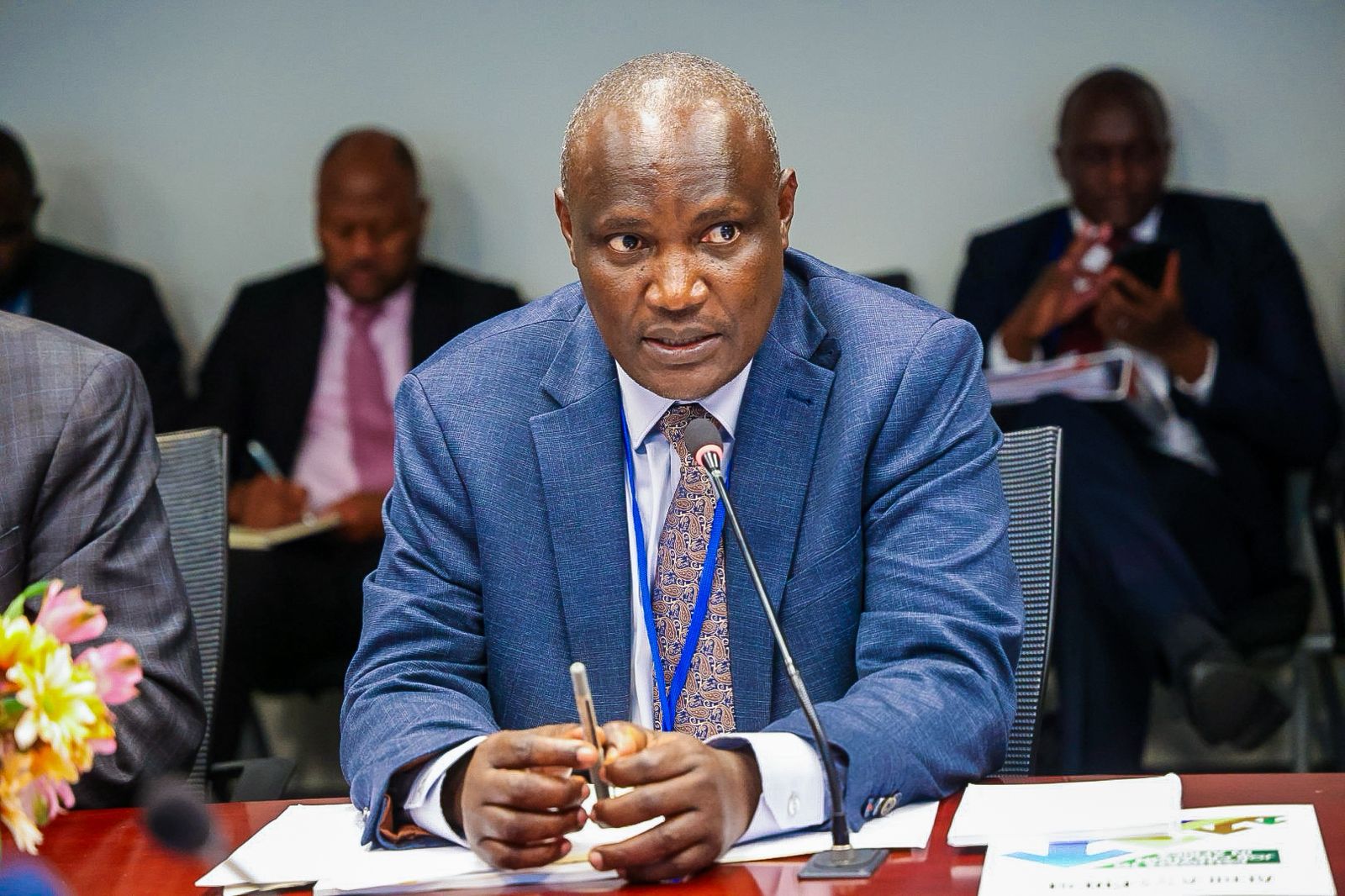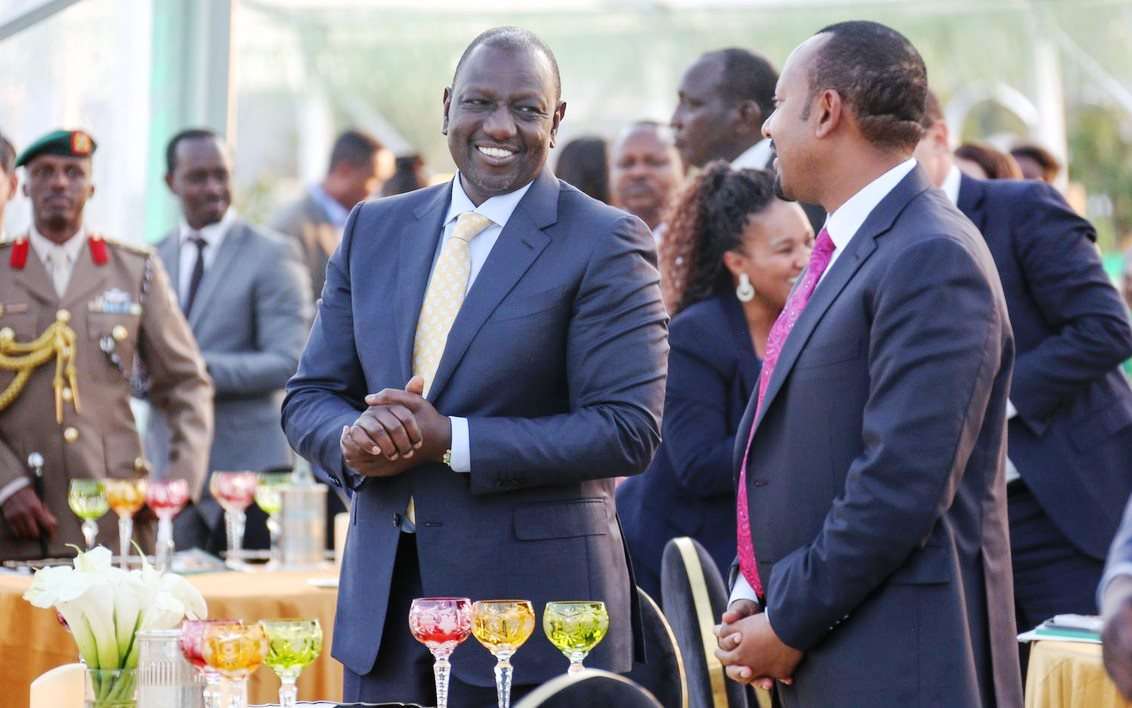By TWV Business Desk
Kenya’s public debt crisis has taken centre stage once again, as Treasury Cabinet Secretary John Mbadi leads a high-level delegation to bilateral talks with the World Bank in search of fiscal support, economic stabilisation, and potential debt relief measures.
To unlock the full article:
Choose one of the options below:
- Ksh 10 – This article only
- Ksh 300 – Monthly subscription
- Ksh 2340 – Yearly subscription (10% off)
The talks, held on the sidelines of the ongoing International Monetary Fund (IMF) and World Bank Annual Meetings, come at a time when Kenya’s debt has soared past KSh 11 trillion (approximately USD 74 billion), equivalent to nearly 70 percent of the country’s GDP, a level widely regarded as unsustainable by international lenders and credit rating agencies.
Over the past decade, Kenya has been trapped in a cycle of heavy borrowing, particularly from commercial lenders and Eurobond markets. This has saddled the country with high-interest repayments that now consume more than half of all tax revenues, leaving little fiscal space for critical sectors such as education, healthcare, and infrastructure.
In a statement issued via the National Treasury’s official X (formerly Twitter) account on 14th October 2025, CS Mbadi admitted that the economic situation remains challenging, but maintained an optimistic tone.
“We remain committed to implementing bold fiscal reforms that will place Kenya on a sustainable debt path,” he said. “Through constructive engagement with our partners, we aim to secure support that will ease short-term debt repayment pressures while laying the foundation for long-term growth.”
Mbadi confirmed that Kenya is negotiating for a package of debt relief measures, including the restructuring of existing obligations and greater access to concessional financing, low-interest loans that could help reduce reliance on expensive commercial debt. “Debt relief and concessional financing are critical to unlocking fiscal space,” he explained. “We are actively pursuing liability management operations that will not only enhance debt sustainability but also bolster market confidence in Kenya’s economic outlook.”
Despite the growing debt burden, Mbadi highlighted signs of macroeconomic stability. Inflation has remained within target, interest rates have moderated, and the Kenyan shilling has shown recent signs of stabilisation. The country’s foreign exchange reserves currently stand at levels sufficient to cover over five months of imports, offering a cushion against external shocks.
“Kenya’s macroeconomic indicators reflect a degree of resilience that many economies have struggled to maintain,” Mbadi said. “However, we recognise that stability must be accompanied by structural reform.”
The World Bank echoed these sentiments, commending Kenya for retiring some high-cost short-term debt and re-profiling its external loans, noting that such measures have already helped reduce rollover risks and improve investor confidence.
According to Treasury documents, Kenya’s current debt strategy revolves around four key pillars:
- 1. Shifting from commercial to concessional borrowing.
- 2. Enhancing domestic revenue collection through tax reforms and digital systems.
- 3. Curbing non-essential expenditure and improving spending efficiency.
- 4. Enhancing transparency in public debt reporting and management.
Under IMF guidance, the government has rolled out a Medium-Term Revenue Strategy that aims to expand the tax base, improve compliance, and reduce dependency on external borrowing. Parallel reforms in public procurement are also underway, including digitisation and expenditure reviews to curb wastage.
While analysts agree that these reforms are necessary, they caution that their success will depend heavily on political will, institutional efficiency, and sustained donor confidence. The IMF has already warned that Kenya’s debt vulnerabilities remain high, with a major Eurobond repayment of USD 2 billion due in 2027posing a potential fiscal risk if reforms falter.
Market sentiment also remains fragile, and any delays in reform implementation or policy missteps could lead to further credit rating downgrades and capital flight.
Despite these challenges, Mbadi remains confident that Kenya can navigate this turbulent period through strategic partnerships and disciplined fiscal management. “We are having constructive conversations around both short-term relief and long-term partnership,” he said. “Kenya’s future depends on disciplined governance, and we are fully aligned with that vision.”
As Kenya continues its delicate balancing act, restoring investor confidence while shielding citizens from the harshest effects of austerity, the coming months will prove decisive.
The outcome of Treasury’s negotiations with the World Bank and IMF will determine whether Kenya successfully transitions from high-risk debt dependency to sustainable fiscal stability or faces renewed economic turbulence in the years ahead.





